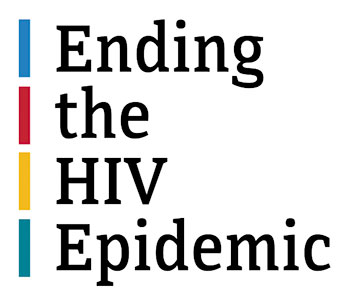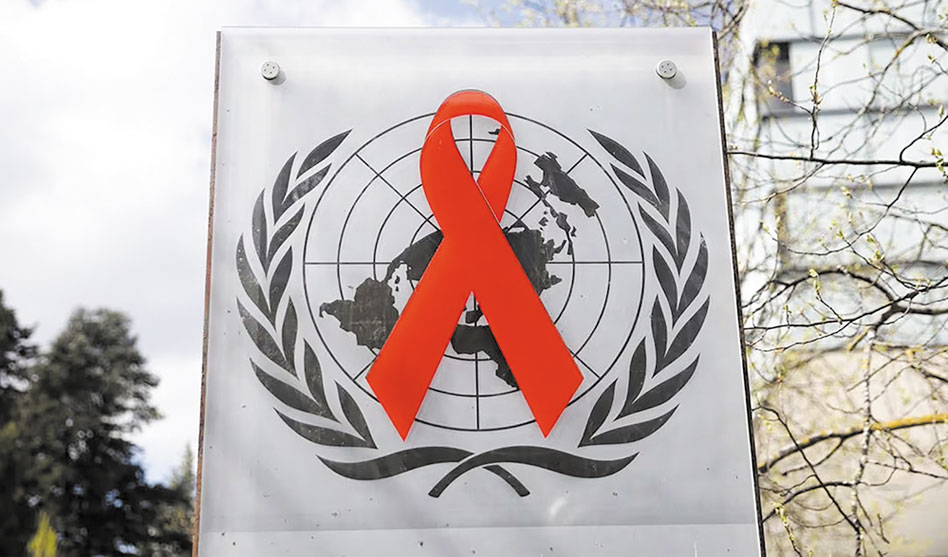Ending AIDS logo
The HHS has a plan to end AIDS in the U.S. by 2030
DAVID TAFFET | Senior Staff Writer
taffet@dallasvoice.com
This year marks the 35th anniversary of World AIDS Day. Worldwide, the AIDS epidemic has claimed somewhere between 32 and 51 million lives in the decades since 1981, but in the last few years, the U.S. government has been getting serious about not just controlling but eradicating the HIV virus.
New infections peaked in 1995, the year anti-retrovirals were first introduced. Since then, new infections have declined by 59 percent. AIDS-related deaths peaked in 2004 and have been reduced by 69 percent since that year.
The latest AIDS statistics, which are from 2022, estimate 39 million people are living with HIV around the world. That includes 1.3 million newly diagnosed infections in 2022.
That means as many as 85 million people have been infected with HIV around the world since the beginning of the AIDS epidemic 40-plus years ago.
While 29.8 million people are on anti-retroviral therapy, close to 10 million people living with HIV are not. Those on medication who adhere to the regimen and carry an undetectable viral load don’t pass the virus along to others.
 But despite the availability of medication, lives are still being lost. An estimated 630,000 people died from AIDS-related illnesses in 2022.
But despite the availability of medication, lives are still being lost. An estimated 630,000 people died from AIDS-related illnesses in 2022.
In 2019, the Department of Health and Human services created a plan to end the HIV epidemic in the U.S. by 2030. The goal was to reduce new infections by 75 percent by 2025 and by 90 percent by 2030.
HHS launched a new initiative to provide PrEP — pre-exposure prophylaxis treatments — free to people without prescription drug coverage.
By 2020, the National Institute of Health funded six “implementation science coordinating centers and consultation hubs to provide resources, mentoring, feedback and support for new and ongoing EHE research,” according to HIV.gov. (EHE is an acronym for Ending the HIV epidemic.)
On World AIDS Day, representatives from the various AIDS agencies in the area will meet at Dallas County Health and Human Services office for a symposium called to discuss programs implemented by each organization designed to end the AIDS epidemic and to analyze how successful the programs have been.
The Centers for Disease Control set as its goals scaling up prevention and treatment strategies: “Stopping HIV transmission starts at the local level,” according to the CDC website, “which is why EHE provides resources to 50 local areas where more than half of new HIV diagnoses occur.”
Of those 50, five Texas counties are included — Dallas, Tarrant, Travis, Bexar and Harris.
The CDC funds and collaborates with these 50 communities — including the five Texas counties — “to accelerate progress by identifying and implementing innovative methods for delivering HIV prevention and care, building local infectious disease control capacity, and scaling up high-impact activities in areas hardest hit by HIV.”
World AIDS Day will be a day to evaluate how well some of these programs are working. In addition, Prism Health North Texas will offer free STD and HIV testing from 1-4 p.m. at its Oak Cliff Health Clinic, 219 Sunset Ave.

